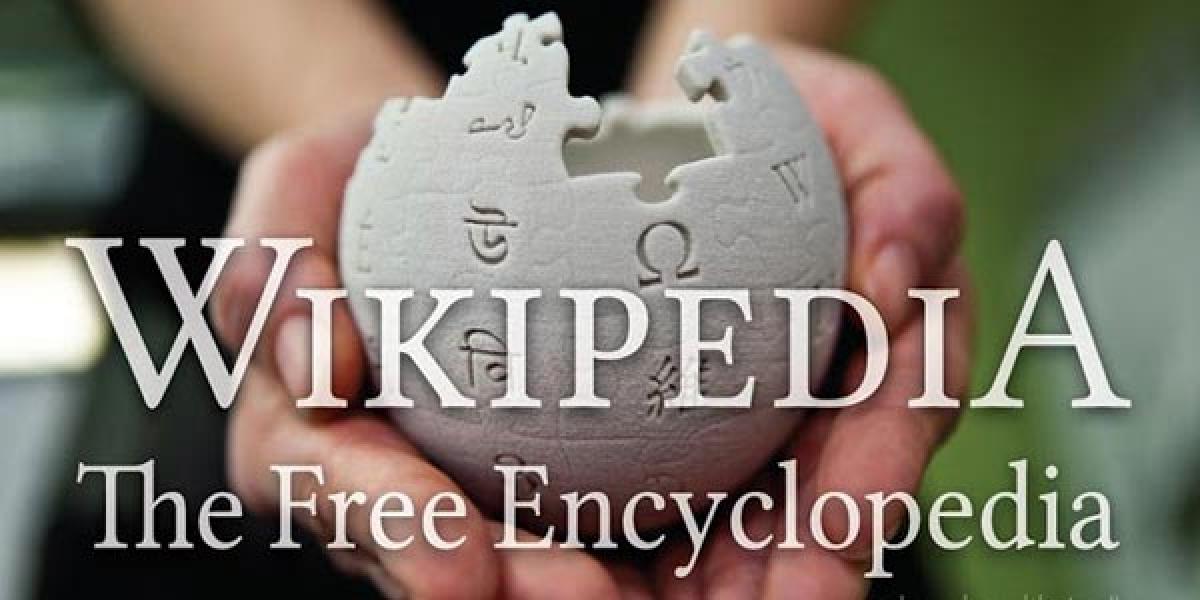Wikipedia to create bank of shareable photos from urban India

Chandigarh:Searching for an image from your area might soon cease to be a difficult task, thanks to hacks being worked on by an army of enthusiastic volunteers across India. \"If burgers and wines can be visible on the internet, then why not Indian food too? Our region is rich in monuments too, and we\'re also working on that,\" said Sanket A. Oswal, a student in his early 20s preparing for his chart
Chandigarh:Searching for an image from your area might soon cease to be a difficult task, thanks to hacks being worked on by an army of enthusiastic volunteers across India.
"If burgers and wines can be visible on the internet, then why not Indian food too? Our region is rich in monuments too, and we're also working on that," said Sanket A. Oswal, a student in his early 20s preparing for his chartered accountancy finals and a volunteer with the Wikipedia from Koramangala in Bengaluru.
Besides volunteering his skill with figures (he is the treasurer of the Wikimedia India Chapter), Oswal, along with others, has been promoting photography initiatives that could change the way India is seen in cyberspace.
To create a bank of shareable photographic images from urban India, in 2011 and 2012, Wikipedians in India launched initiatives called 'Wikipedia Takes Pune'. It did similar initiatives in Ahmedabad, Chennai and Kolkata.
Volunteers were asked to click and share good quality images of these cities and share them freely via the Wikipedia. "We got as many as 6,000 mostly good photographs from Pune itself," Oswal told IANS.
In 2014, this was followed up with a 'Wiki Loves Food' initiative.
Community members were asked to contribute to a pilot attempt, and some 500 photographs of Indian food were collated and shared online. Once this worked, a pan-India project was launched, harvesting 10,000 photographs, out of which four out of every five images were adjudged to be of acceptable quality.
Wikipedia today has a set of postcards focusing on the Mysore dosa, the Bengali dessert of Narkel Naru (ball-shaped delicacies made from condensed milk and coconut), the thick milk-based Banaras ki Lassi drink, the ubiquitous South Asian samosa (fried with a savoury filling), the Kerala breakfast of rice puttu with gram curry, and the jalebi sweet dish among others.
These images can be used by any Wikipedia community, in any language, including foreign. Others too can dip into this collection and reuse the same freely, provided the source is duly acknowledged.
The 'food' idea was a desi one. And when Oswal presented his findings at a Seoul Wikipedia conference, seven to eight countries thought it was good enough to try on their own. "We might see the same happen in countries like France and Italy, as they too feel their younger generation is moving over to globalised food and losing out on local culinary diversity," he said.
Oswal agrees that food photography -- specially in the subcontinent, which has a delightful diversity of foods which tastes great but might not look very presentable to the eye -- is a tough job.
India has also taken part in 'Wiki Loves Monuments' global campaigns where as many as 15,000 images were collected from across the country. There are so many diverse images that even scanning all can be a tough job, making this zero-budget volunteer-driven activity quite a challenge to sustain.
Oswal says "volunteer retention" poses some hard work. They're hoping to capture more of India's diversity, beyond Taj Mahal photographs, and work with groups like the Archaeological Survey of India -- the Indian body tasked with exploring, excavating, conserving and protecting the monuments and sites of national and international importance.
Some early steps are also under way to identify places and monuments (as in Bidar, Karnataka) with QR or Quick Response codes. Scanning these codes would take someone directly to the related webpage. The qrpedia.org already allows anyone to paste a Wikipedia URL (web address) and, from it, create a language-detecting, mobile-friendly QR code.
A QR Code is the trademark for a type of two-dimensional barcode that is a machine-readable optical label and contains information about the item to which it is attached. Scanning it on a mobile can take you direct to the relevant website.
Wikipedia, better known for its dictionary project, has other parallel projects dealing with WikiCommons (to share images, sound and other media files); Wikisource (free content textual source); Wikidata (a knowledge base for Wikimedia projects); Wikispecies (a catalogue of species aimed at scientists); Wikiveristy (for learning resources and projects) and Wiktionary (volunteer-crafted wiki dictionaries in diverse languages).
Bengali wikipedians have also recently launched a 'Wiki Loves Butterfly' project, promoted by Ananya Mandal, and have focused on a 'Wiki Loves Mountains', to depict the diversity of these two specific areas.




















